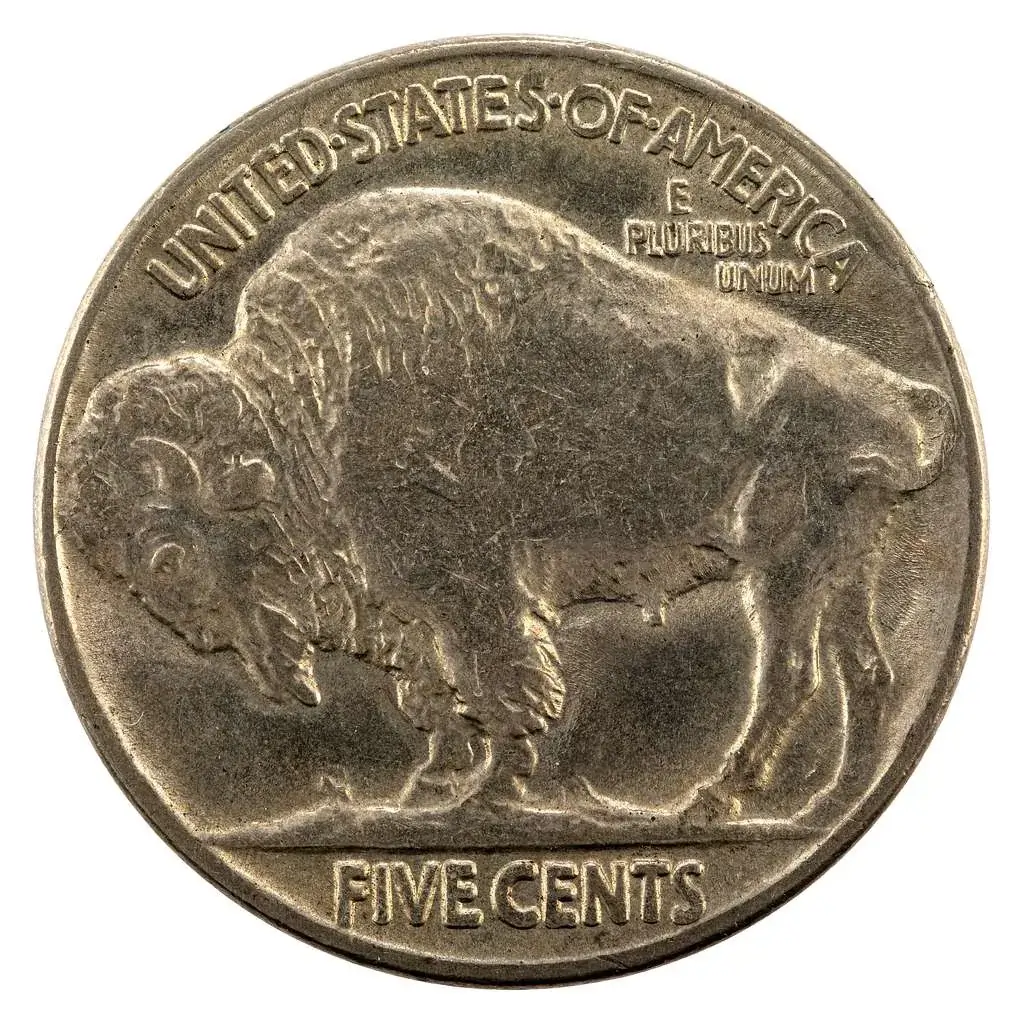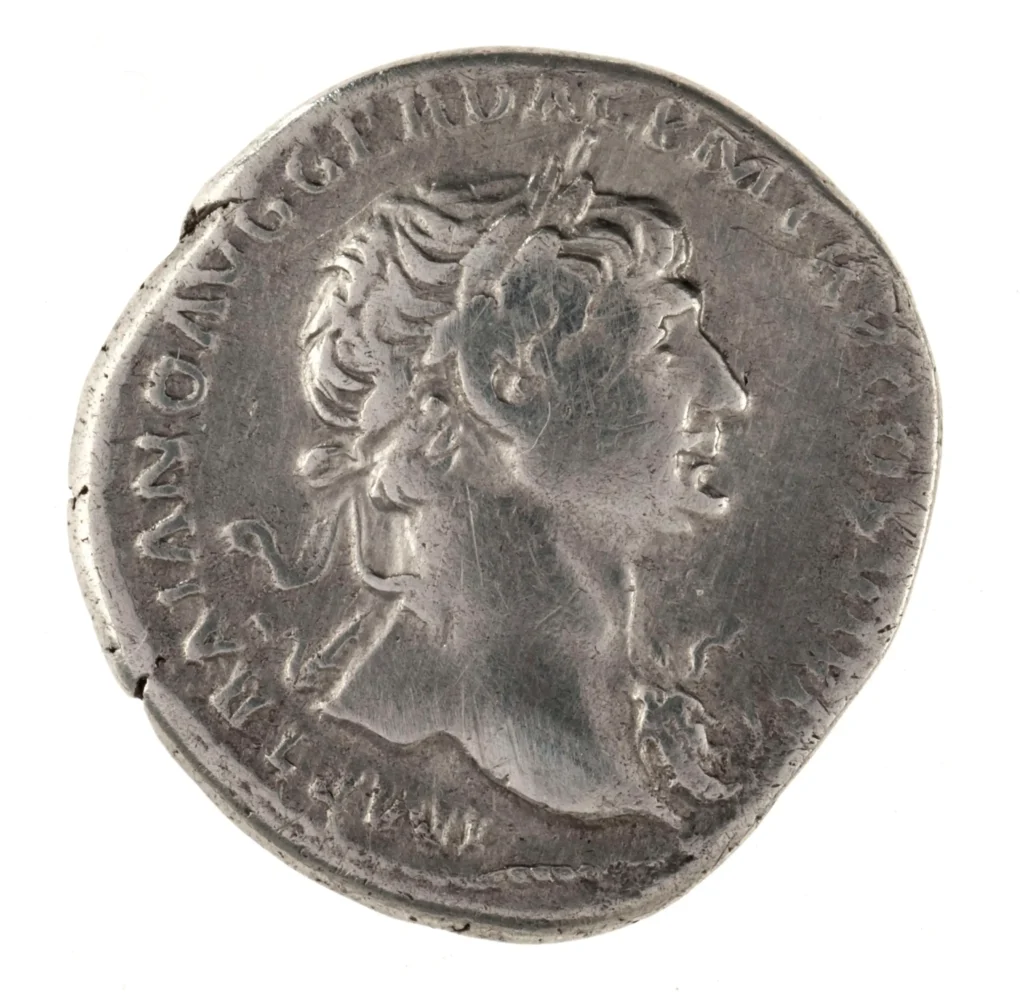The Buffalo nickel is widely recognized as an iconic coin, in history that was minted between 1913 and 1938.The unique design featuring a Native American profile and a majestic buffalo emblem captured the essence of the American West during that era. This detailed guide aims to aid individuals in comprehending the authentication techniques associated with Buffalo nickels—whether you are a collector or have recently stumbled upon one, in your grandfathers collection. Check out our guide, to nickel values and identification tricks to figure out if you’ve got a run of the mill coin or a rare gem that could be worth a fortune!
Physical Characteristics and Design Elements
Exploring the traits that set apart the buffalo nickel as a special piece of American currency we delve into the core details that shape the legacy of this iconic five-cent coin.
Specifications and Composition
The buffalo nickel is crafted using a blend of metals and dimensions meticulously put together to create a look and feel. The coin is composed of 75% copper and 25% nickel which contribute to its silver surface finish. Its weight is precisely set at 5 grams, with a diameter measuring 21.21 millimeters in diameter. The simple edge design of the coin played a role, in facilitating its usage in the vending machines.
Obverse Design Features
The front side displays a portrait of an American facing, to the right made by James Earle Fraser by combining features of three chiefs. Two Moons from the Cheyenne tribe and Iron Tail from the Sioux tribe and Big Tree from the Kiowa tribe. The word “LIBERTY” is visible on the edge while the date is seen on the subjects shoulder. A detail that would eventually face issues due, to regular use.
Reverse Design Elements
The back side features a magnificent American bison that is thought to be inspired by Black Diamond from the Central Park Zoo, in New York City. There are two designs, on the side.
- Type 1 (1913): Features the bison standing on a raised mound with “FIVE CENTS” inscribed on it
- Type 2 (1913-1938): Shows the bison on a flattened plain with recessed lettering
The shift, from Type 1 to Type 2 took place when the Mints Chief Engraver Charles E Barber observed the wear of the denomination during circulation. Located above the figure are “UNITED STATES, OF AMERICA” and ” E PLURIBUS UNUM,” arranged thoughtfully to finalize this design.
Authentication Guidelines
Ensuring the authenticity of buffalo nickels demands observation and a deep understanding of key characteristics and we crafted this extensive manual to aid collectors in distinguishing real pieces from the advanced counterfeits that are, on the rise today.
Common Counterfeit Indicators
We find that most counterfeit buffalo nickels exhibit several telltale signs. The most common indicators include:
- Bulging or bubble-like digits in the date
- Poor strike quality with loss of fine details
- Straight die cracks (genuine coins rarely show these)
- Incorrect weight (authentic pieces weigh exactly 5 grams)
- Improper metal composition (genuine coins are 75% copper, 25% nickel)
Mint Mark Identification
We can locate the mint mark on the reverse side, positioned below “FIVE CENTS.” Here’s what we look for:
- No mint mark: Philadelphia Mint
- D: Denver Mint
- S: San Francisco Mint
The style of mint marks changed over time, with earlier S-mint marks matching those found on 1909-S Lincoln cents. We’ve noticed counterfeiters often use incorrect mint mark styles for specific years.
Using Digital Tools for Authentication
Modern technology has revolutionized how we authenticate buffalo nickels. We now have access to several digital authentication methods:
- NFC Technology
- Smart tags with encrypted identifiers
- Tamper-detection capabilities
- Secure data transmission
- Professional Authentication Tools
- Sigma Metalytics Precious Metals Verifier
- Digital microscopy for detail examination
- Specialized authentication software
It’s an idea to utilize verification techniques since detecting advanced forgeries can be tricky even, for seasoned coin collectors. Take the time to seek advice from grading services whenever you’re uncertain, about the authenticity of a coin—they often provide assurances to support their evaluations.
Grading Standards and Conditions
Grading Buffalo nickels can be quite tricky when compared to grading coins as the series tends to pose challenges that go against the usual grading rules. Especially, with coins minted in Denver and San Francisco from 1917, to 1927.
Understanding Wear Patterns
When we examine Buffalo nickels, we focus on several critical areas that show wear first. The most important points we check include:
- Native American’s braid and facial features
- Buffalo’s horn, head, and shoulder
- Date area (often worn on circulated pieces)
- Surface texture and remaining luster
The evaluation process, for coins can be tricky because the buffalo horn detail can be inconsistent in mint state coins due to weak strikes, at times some dates are known for having incomplete strikes which need to be carefully assessed during grading.
Grade-Specific Characteristics
In our observations far indicate that Buffalo nickels exhibit features, at different grading levels. When it comes to Mint State ranking specifically we pay attention to the shine and minimal signs of contact. Ideally there should be no wear and tear on the coin although some issues with striking might be noticeable, on dates.
For Extremely Fine grades, we expect:
- Bold date fully raised from the surface
- Clear separation between design elements
- Light wear confined to highest points
- Majority of horn visible on well-struck examples
Professional Grading Services
We count on expert grading services to maintain standards, throughout the collection. This assistance is provided by graders who grasp the complexities involved with Buffalo nickels. They consider multiple factors:
- Overall surface preservation
- Strike quality relative to the date
- Presence of original mint luster
- Technical grade versus market grade considerations
When we submit coins for professional grading, they are carefully inspected by specialists who assess their quality using methods that consider current market trends and prices. This procedure is essential, in determining values for rare coins and those, in top condition.
Key Varieties and Error Types
Through our, in depth research on nickels we’ve found that certain rare varieties and minting errors can greatly increase their value. Collectors are particularly interested, in these variations that occurred during the minting process. They can greatly affect the overall value of a coin.
Type 1 vs Type 2 Differences
We can identify the most fundamental variety in the buffalo nickel series through the 1913 Type 1 and Type 2 designs. The key differences include:
- Type 1 (Early 1913): Buffalo stands on raised mound with “FIVE CENTS” on the mound
- Type 2 (Late 1913-1938): Buffalo stands on flat plain with denomination in recessed area
- Mintage Comparison: Philadelphia produced nearly 31 million Type 1 versus 29.8 million Type 2
Major Die Varieties
We’ve encountered several significant die varieties that command premium prices. The most notable examples include:
| Year | Die Variety | Key Identification Points |
| 1916 | Doubled Die Obverse | Doubling visible in date digits |
| 1918-D | 8/7 Overdate | Underlying “7” visible under “8” |
| 1935 | Doubled Die Reverse | Doubling on “FIVE CENTS” and “E PLURIBUS UNUM” |
Notable Mint Errors
Through our research, we’ve identified several remarkable mint errors that have become legendary among collectors. The 1937-D 3-Legged Buffalo stands as the most famous error, created when a mint worker over-polished a die, completely removing one of the buffalo’s legs. We’ve also documented the 1936-D 3½-Legged Buffalo, which shows partial leg removal.
Some other significant errors we’ve encountered include:
- Re-Punched Mint Marks (RPM)
- 1935-S/S: Shows overlapping S mint marks
- 1938-D/D: Multiple D mint mark variations
- Strike Errors
- Off-center strikes
- Clipped planckets
- Die clash marks
We need to warn collectors about trying to restore specimens, with chemicals, like Nic-A-Day as it may show dates temporarily. Can harm the coins surface permanently and greatly lower its value to collectors.
Conclusion
Buffalo nickels are tokens of coin history that provide collectors with a captivating mix of artistic value and historical importance. We’ve delved into their features. From Fraser’s skillful depiction of a Native American, to the iconic buffalo imagery that embodies the essence of the Old West.
Studying methods of proving authenticity emphasizes the need, for verification processes as products become increasingly advanced. Using a mix of resources and conventional authentication methods enables collectors to make well informed choices, about their possessions.
Evaluating these coins comes with its set of difficulties that are distinct, to each coins wear patterns and strike quality differences being taken into account when grading them poses a challenge as well Specifically worth mentioning are coins minted in Denver and San Francisco from 1917 to 1927 require extra attention during appraisal This particular series also includes a number of rare variations and mistakes, like the well-known 1937-D-3-Legged Buffalo coin that contribute an element of intrigue and thrill to collecting them
Buffalo nickels continue to be sought after by collectors of all levels due, to their importance and possible worthiness in the market today and yesterday alike as well as their artistic value that makes them tangible links, to America’s rich heritage of the past that we can cherish through thorough examination and verification of these exceptional American coin treasures.
FAQs
1. How can I determine if my Buffalo nickel has any value?
To assess the value of a Buffalo Nickel, examine the coin’s date, mint mark, and overall condition. The grading primarily focuses on the amount of wear and the clarity of details. It’s advisable to handle these coins with care, preferably with gloves, to avoid damage from skin oils and to keep them away from direct sunlight.
2. What distinguishes a Type 1 Buffalo nickel from a Type 2?
The Type 1 Buffalo nickel features the bison on a raised mound, while the Type 2 design shows the bison on a flatter surface with a line below it, where the denomination “FIVE CENTS” is inscribed. This change was made to prevent the denomination from wearing off too quickly.
3. Is a 2005 Buffalo nickel worth anything?
A 2005 Buffalo nickel is generally considered counterfeit, as the last authentic Buffalo nickels were minted in 1938. Therefore, a 2005 Buffalo nickel would not be worth more than five cents, unless it is a special mint or proof condition, which could value between twenty-five cents to three dollars.
4. What is the value of a dateless Buffalo nickel?
A Buffalo nickel without a visible date is typically from an undetermined year and is regarded as being in less than “good” condition. Such nickels are generally valued at approximately 10-20 cents.



